Planetary Science
-
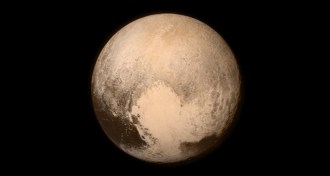 Planetary Science
Planetary ScienceGetting NASA’s Pluto mission off the ground took blood, sweat and years
Alan Stern talks about the new book ‘Chasing New Horizons’ and what’s next for the spacecraft that got close to Pluto.
-
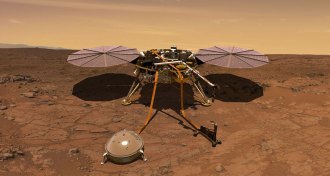 Planetary Science
Planetary ScienceNASA gets ready to launch the first lander to investigate Mars’ insides
The InSight lander is launching to Mars on May 5 and is expected to be in position to sense seismic activity by early 2019.
-
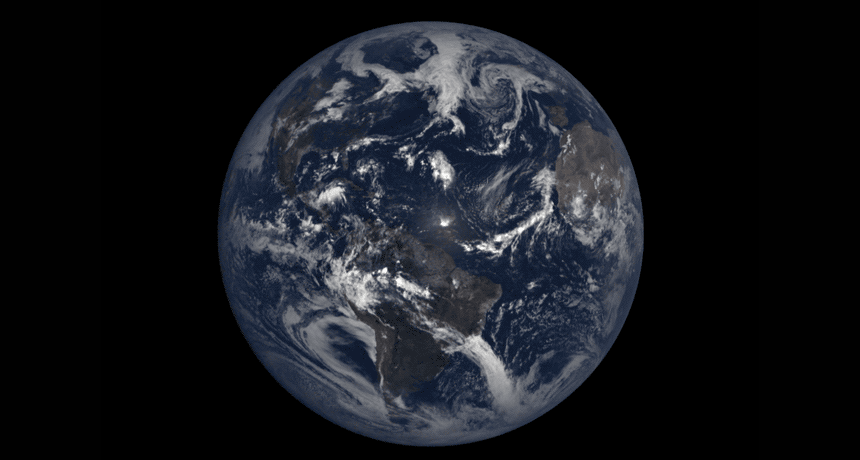 Planetary Science
Planetary ScienceLast year’s solar eclipse set off a wave in the upper atmosphere
The August 2017 solar eclipse launched a wave in the upper atmosphere that was detected from Brazil after the eclipse ended.
-
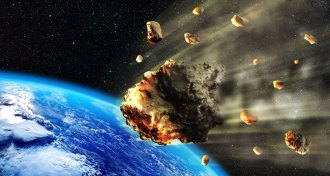 Planetary Science
Planetary ScienceAsteroids could have delivered water to the early Earth
Shooting mineral pellets at a simulated planet suggests an impact wouldn’t have boiled all of an asteroid’s water away.
-
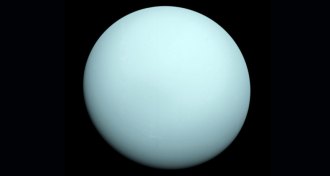 Planetary Science
Planetary ScienceUranus smells like rotten eggs
Planetary scientists detected hydrogen sulfide in Uranus’ upper clouds — the same compound that gives rotten eggs their terrible smell.
-
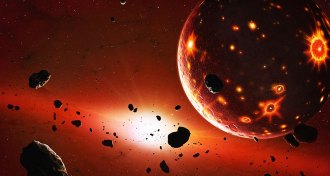 Planetary Science
Planetary ScienceThis meteorite’s diamonds hint that it was born in a lost planet
Bits of metal nestled inside diamonds suggest the space rock could have formed in a Mars-sized protoplanet in the early solar system.
-
 Space
SpaceLasers squeezed iron to mimic the conditions of exoplanet cores
In the first experiment to measure what exoplanets might be like on the inside, scientists hit iron with 176 lasers at once.
-
 Paleontology
PaleontologyReaders debate dinosaur designation and more
Readers had questions about the dino family tree and Venus' habitability.
-
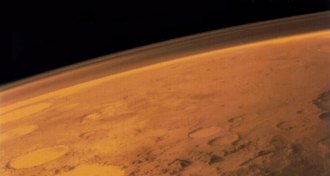 Planetary Science
Planetary ScienceWater may have killed Mars’ magnetic field
Extra hydrogen near the Red Planet’s iron core could have shut down convection.
-
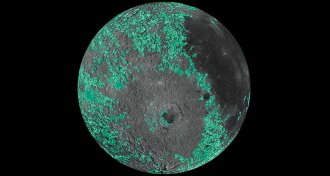 Planetary Science
Planetary ScienceThis spinning moon shows where debris from giant impacts fell
A new map shows that light-colored lunar plains point back to huge impact basins, raising questions about the age and history of the moon.
-
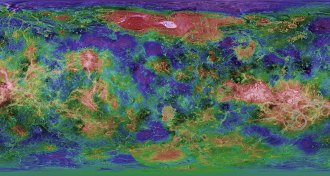 Planetary Science
Planetary ScienceVenus may be home to a new kind of tectonics
Venus’ surface seems to be divided into jostling blocks of crust, defying conventional wisdom about how the surfaces of rocky planets work.
-
 Anthropology
AnthropologyReaders ponder children’s pretend play, planetary dust storms and more
Readers had questions about children’s fantasy play, lasers creating 3-D images and dust storms on Mars.